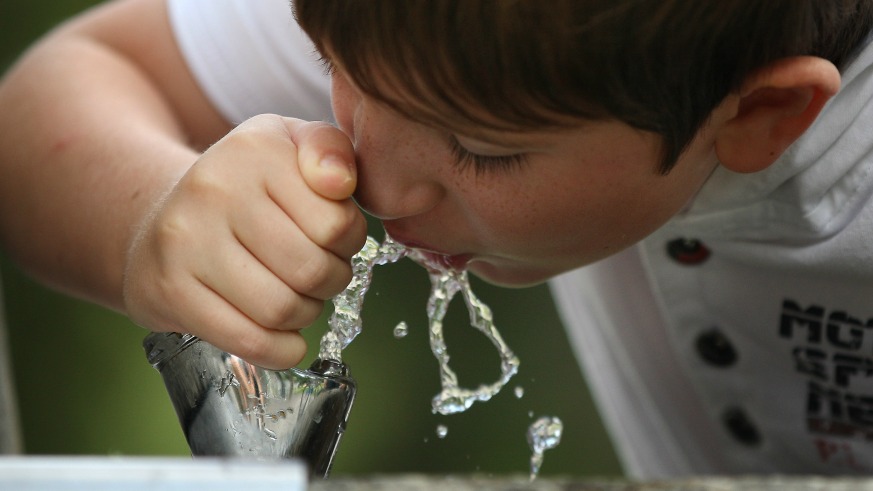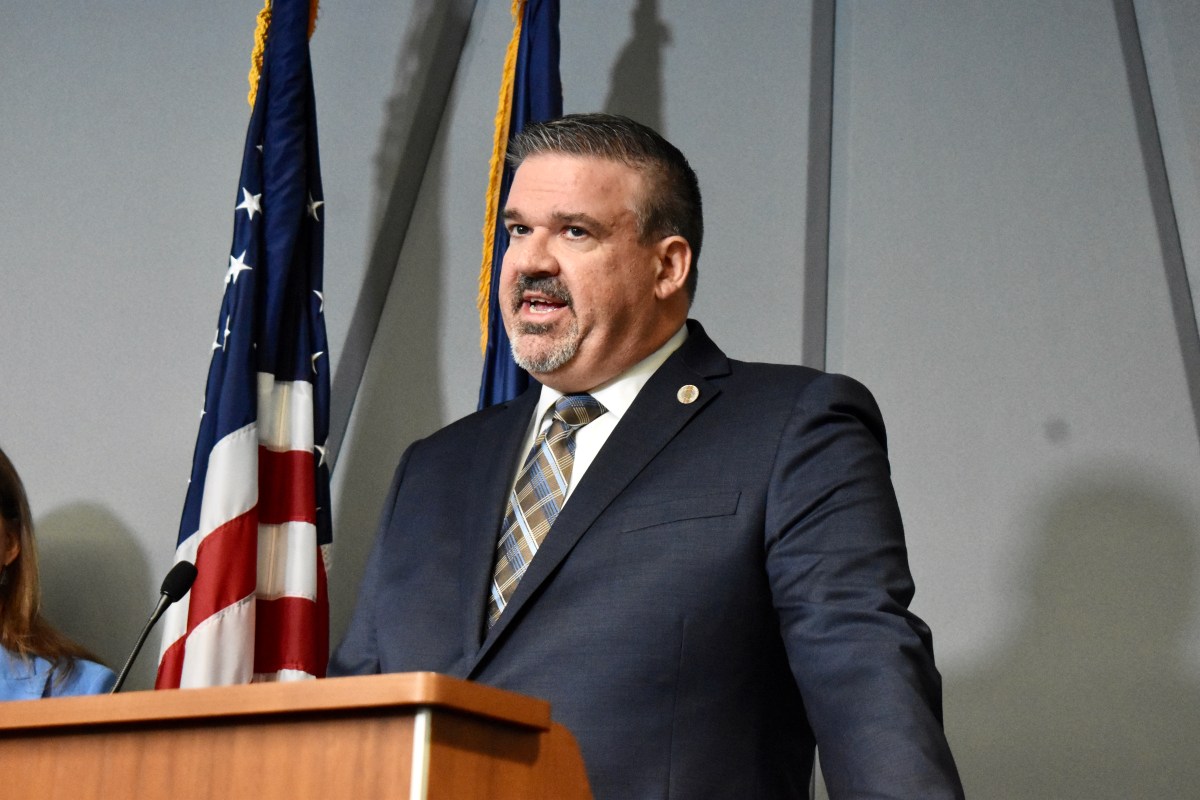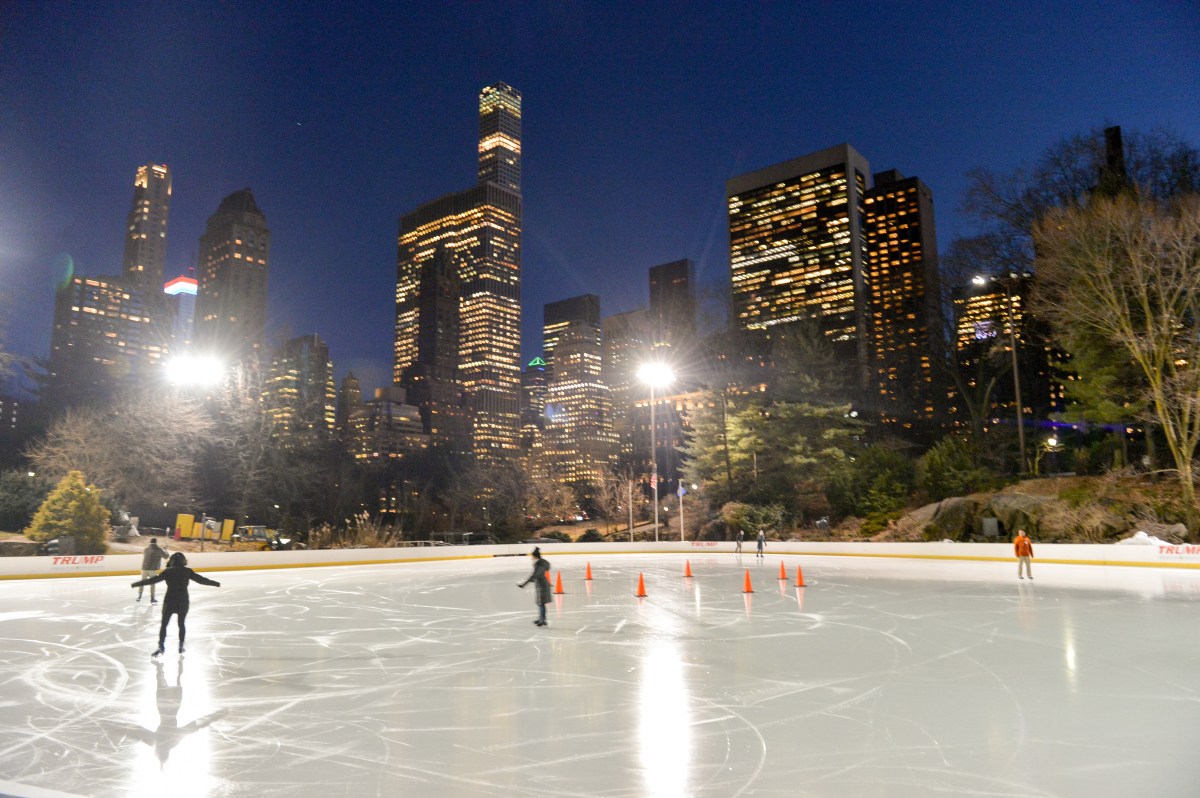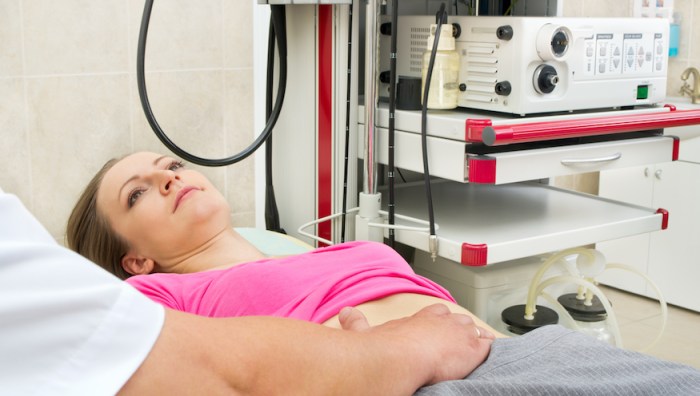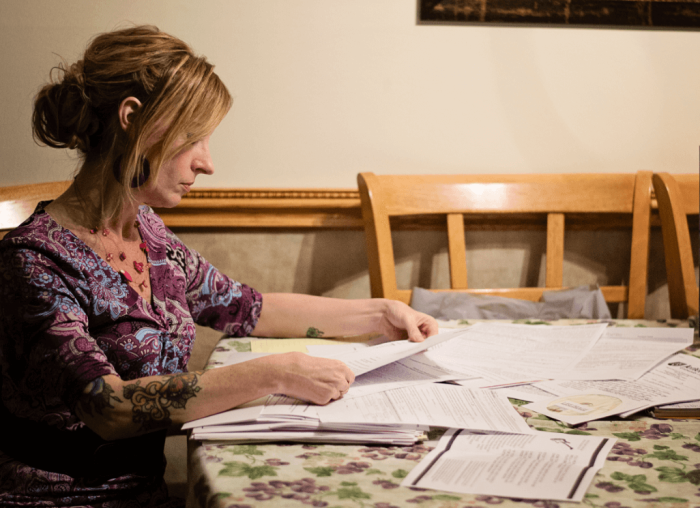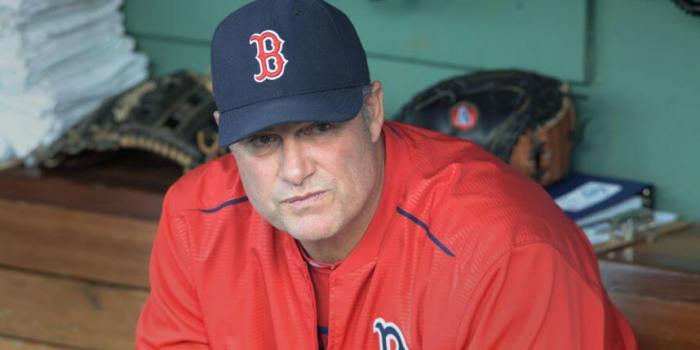Nothing tastes as good as a cold glass of water on a hot day, but a new report shows that high quality H2O isn’t the only thing you’re getting when you turn on the tap.
The report, released Wednesday by the Environmental Working Group, showed that there are hundreds of harmful contaminants in the New York water supply, including contaminants that can cause cancer and serious health problems in children and pregnant women.
“There are chemicals that have been linked to cancer, for example, that are found above health-based limits, or health guidelines, in the water of more than 250 million Americans,” Nneka Leiba, director of Healthy Living Science at the EWG, told Patch.
New York tap water contains contaminants linked to cancer
EWG — a non-partisan, non-profit organization with a mission “dedicated to protecting human health and the environment” — tracked 140 contaminants in water supplies of New York cities with a population above 10,000.
The results of the organization’s testing — now searchable by state and zip code in the EWG’s interactive Tap Water Database — showed that water contained several contaminants that clocked it above acceptable levels. Most of the contaminants are shown to have direct links to cancer and fetal and child development disorders, including:
— Chromium (hexavalent)
— Chloroform
— Bromodichloromethane
— Dichloroacetic acid
— Trichloroacetic acid
— Dibromochloromethane
— Radium-228
— Radium-226
—1,2,3-Trichloropropane
Other known cancer-causing chemicals found in New York water — including haloacetic acids, arsenic, barium and radium — were measured at levels above health guidelines. Bethlehem Water District #1 has the highest level of contaminant violations of the state’s biggest utilities. The EWG found 25 violations of health-based drinking water standards with contaminants like cancer-causing chloroform at 39.7 parts per billion (ppb), while the accepted health guideline is 1 ppb.
New York water isn’t the only supply affected, though.
“There are more than 250 contaminants across our nation’s drinking water,” said Leiba. Most of those are at legal levels set by state regulations or the Safe Drinking Water Act, but are still at levels high enough to cause health problems. The Environment Protection Agency (EPA) hasn’t added a new contaminant to its list in over 20 years, meaning that “about 160 of those [found contaminants] are unregulated,” said Leiba.
“And that’s a big concern, because if a chemical is unregulated, that means it can be present in our water at any level — and be legal.”
The safety of United States drinking water is connected to income, according to the EWG. Merrick, New York, with a median household income more than double the national average, has one of the cleanest supplies in the country.
How to protect against contaminated water
“We don’t want to scare the population by saying there are 250 chemicals and just leaving it there,” Leiba told Patch. “As a consumer you may look at it and get a little overwhelmed.”
The best — and most immediate — way to increase your safety is to use a carbon, deionization or distillation filter on water that comes from your tap. The EWG offers a guide to finding effective water filters, including filters that block out specific chemicals.
However, no water filter is 100 percent effective against every contaminants. The key, according to EWG, is to fix water supplies from the top down.
“Safe water isn’t a privilege, it’s a right,” the EWG wrote in its report. “Ensuring a safe water supply is a fundamental responsibility of government, and we must demand that our public officials at every level step up and fix this broken system.”

